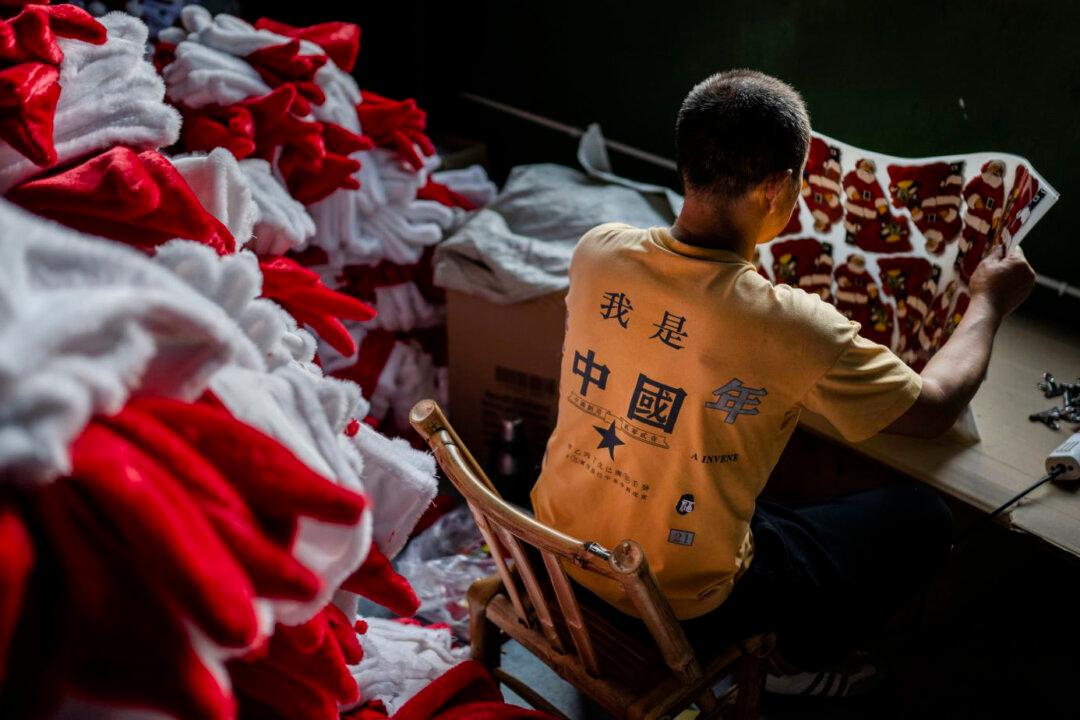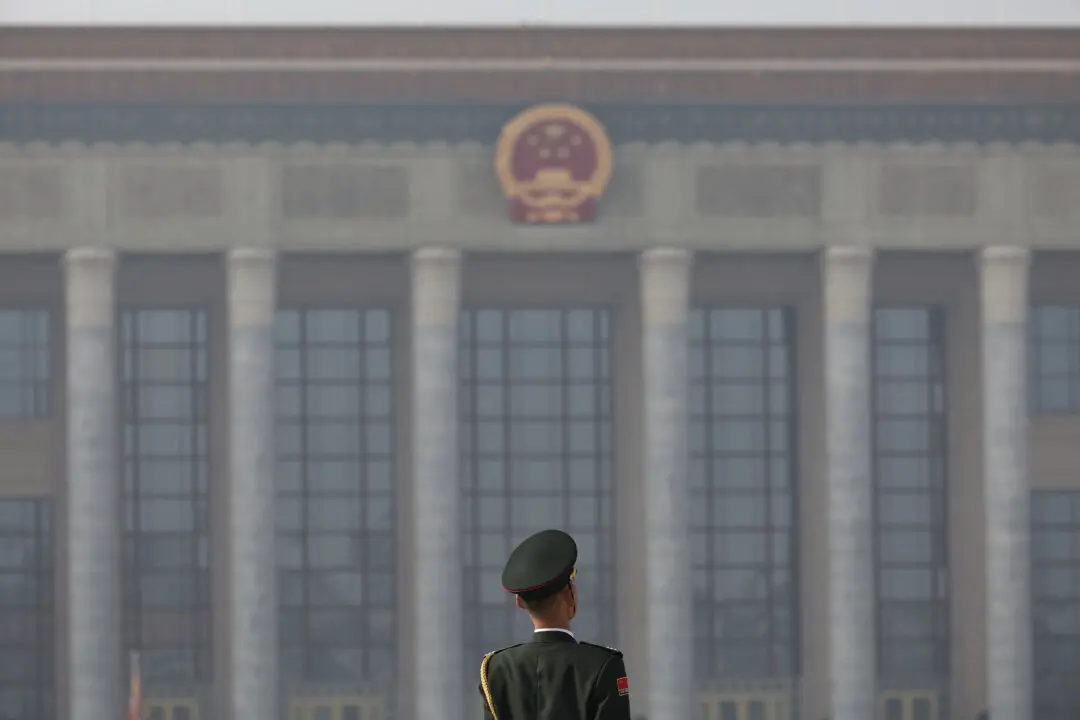Iran already has nuclear weapons capability, and possibly operational nuclear warheads and delivery systems and protocols. So why do successive U.S. administrations keep insisting that the United States will not permit Iran to acquire “a nuclear weapon?”
Part of the reason lies in the belief that until the presence of nuclear weapons (in Iran or any other state) is demonstrated and acknowledged then it can be constrained by conveying deterrent power and prestige to the holder. The most potent aspects of nuclear weapons—in the 21st century is largely a show of military effectiveness rather than as counter-city weapons—are the prestige and deterrence capability conferred on holders.





